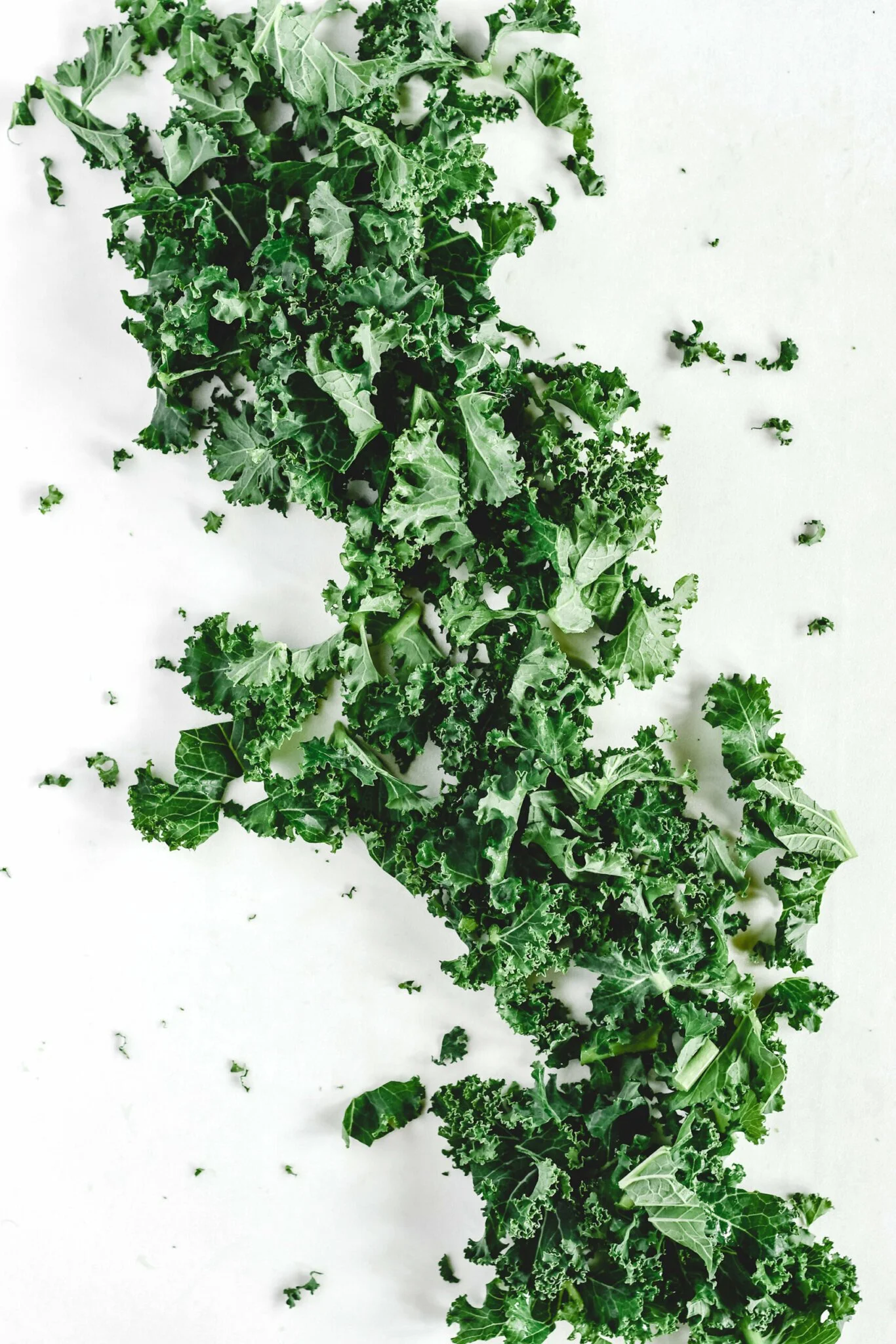Glorious Greens
Green vegetables are the foods most commonly missing in modern diets. Learning to incorporate dark, leafy greens into your diet is essential to establishing a healthy body and immune system. When you nourish yourself with greens, you may naturally crowd out the foods that make you sick. Greens help strengthen the blood and respiratory system. Leafy green vegetables are also high-alkaline foods, which may be beneficial to people exposed to higher amounts of pollution in urban areas.
The alkaline minerals in our bodies are used to neutralize acidic conditions caused by the environment. Green vegetables will help replenish our alkaline mineral stores and continue to filter out pollutants.
Green is associated with spring – the time of renewal, refreshment, and vital energy. In Traditional Chinese Medicine, green is related to the liver, emotional stability, and creativity.
Nutritionally, greens are high in calcium, magnesium, iron, potassium, and vitamins A, C, and K. They are loaded with fiber, folate, chlorophyll, and many other micronutrients and phytochemicals. Although choosing organic is recommended, eating non-organic greens is still preferable to not eating any greens at all!
Some of the proven and possible benefits of consuming dark, leafy greens are:
Blood purification
Cancer prevention
Improved circulation
Strengthened immune system
Promotion of healthy intestinal flora
Improved liver, gall bladder, and kidney function
Cleared congestion, especially in lungs, by reducing mucus
THERE IS A WIDE VARIETY OF GREENS TO CHOOSE FROM, SO TRY TO FIND OPTIONS THAT YOU WILL ENJOY AND EAT OFTEN.
If you get bored with your favorites, be adventurous and explore new greens that you’ve never tried before.
Dark, leafy greens
Broccoli is one option that is very popular among adults and children. Also try to include bok choy, napa cabbage, kale, collards, watercress, mustard greens, broccoli rabe, and dandelion greens.
Wild greens
Green cabbage is great cooked, raw, or in the form of sauerkraut. Arugula, endive, chicory, lettuce, mesclun, and wild greens are generally eaten raw, but they can be consumed in any creative way you enjoy.
Eat in moderation
Spinach, Swiss chard, and beet greens are best eaten in moderation because they are high in oxalic acid, which inhibits the absorption of the calcium these foods contain. However, rotating between a variety of green vegetables shouldn’t cause any nutritional consequences in relation to calcium.
FOOTNOTES
1| Kelsay, JL. (1987). Effects of fiber, phytic acid, and oxalic acid in the diet on mineral bioavailability. Am J Gastroenterol 82(10), 983–986. Retrieved from www.ncbi.nlm.nih.gov/pubmed/2821800
2| Weil, A. (2008, January 28). Avoid vegetables with oxalic acid? Q & A Library. Retrieved from www.drweil.com/diet-nutrition/nutrition/avoid-vegetables-with-oxalic-acid/
3| The Institute of Medicine. (2011, March). Dietary reference intakes for calcium and vitamin D. Report Brief. Retrieved from

